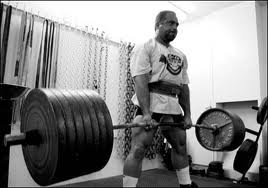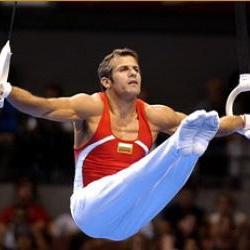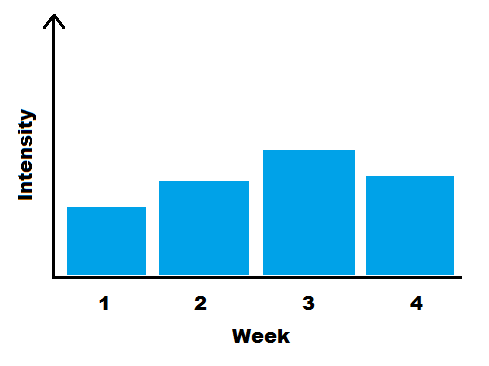Main Menu
Latest Blog Entry
User login
An A-Level PE strength guide
Working with young athletes, many of whom are P.E. students we are asked the same questions a lot. Here is our A-Level PE guide that answers a few of the common questions on strength training.
What is strength?

Powerlifting is one strength sport
Strength is generally defined as the maximal force which can be exerted by muscles or muscle groups. However, muscles can work at maximal effort during concentric (shortening), eccentric (lengthening) or isometric (static) muscle actions. In addition, the dynamic movements can occur over a wide range of speeds.
Who is stronger- a Gymnast or a Powerlifter?
In order to define strength, it is necessary to specify the movement (including speed of execution) being measured. In this way, both the gymnast and the powerlifter could argue to be the strongest.

Gymnastics is also a strength sport.
The gymnast must produce high forces at great speed to perform somersaults including multiple twists and rotations, whilst the powerlifter must produce high forces to lift heavy loads with little focus on speed.
Why is strength training important?
Strength can take a number of meanings. Strength underpins all movements needed by athletes including running, changing direction, jumping, pushing, pulling and throwing. Strength training is therefore essential for all athletes?
Strength training is commonplace in collision sports such as rugby where high forces are increasingly important to produce powerful movements in contact situations. Similarly, athletes such as sprinters have long gained benefits from strength training due to their need to produce large propulsive impulses during acceleration.
However, strength training can also benefit long-distance athletes and athletes from sports that place great emphasis on aerobic endurance such as football, hockey and netball, etc. As well as having a positive influence on injury prevention, strength training can improve performance by enhancing the running economy and efficiency.
How best to train strength?
As strength is mode-specific, training should be specific to the movements needed by the individual and their sport in order to maximise performance. An example of a football training session with specific strength can be seen here:
However, this is not to say that 100% of training should be focussed on these movements, as all-round strength and structural integrity is necessary to maintain athleticism and reduce injuries. In order to ensure all-round strength athletes should be performing a range of squatting, pulling and pushing exercises as part of their training programme. These exercises should be
- -Functional (i.e. moving free weights rather than sitting at machines)
- -Progressive through levels of stability (e.g. from two-legged squats to single-leg squats)
- -Involve moving in different directions (e.g. horizontal, vertical, lateral and rotational).
Sometimes it is useful to get a baseline measurement of how strong you are. This can be done simply, as this video shows using strength tests from Thomas Cureton’s book, “Physical Fitness and Dynamic Health.”
Avoid doing ‘Maximal’ testing in strength, especially with A-level PE students. I have seen far too many instances of 1 Repetition Maximum tests on things like leg extensions and Smith Machines where no skill is required and load can be added easily. This is a surefire way to hurt people. (This guide to fitness testing will help you).
Get the Plan right
Strength training often occurs in blocks of a set number of weeks, with a high volume of training to provide a stimulus for adaptation. This is then followed by a phase of unloading to allow the body to recover and adapt physically before the next block of training begins. A common example of this is 3 or 4-week blocks of training separated by a week of unloading where lower-level exercises are used to maintain strength.

Without these recovery periods, the body would not recover from the physical stress and the athlete would be at severe risk of burnout.
Conclusion
Strength training is important for all athletes as strength underpins all movements performed during sports. To maximise performance, training should be specific to the sport being trained for. This relates to the types of exercises performed as well as the method of training e.g. the need to perform movements at speed and in different directions.
Strength training should always be properly structured and follow cycles that allow for progression and also recovery and adaptation. Without this, athletes may find themselves suffering from injury or burnout.
Matt Durber
- If you like this, you might find our Glossary of Terms Useful for Revision
- How to create an outstanding p.e. programme
- How to get stronger: learning from the strongest
Client Testimonials
 Middlesex LTA
Middlesex LTA
James has been training the top performance players in the county and has proved a great success. The sessions are well organised and the feedback and the programmes given to the players are excellent.
More


Comments
[…] of the training at regular time intervals, periodisation attempts to produce optimal gains in strength, power and endurance. (Read more on the development of periodisation by the […]